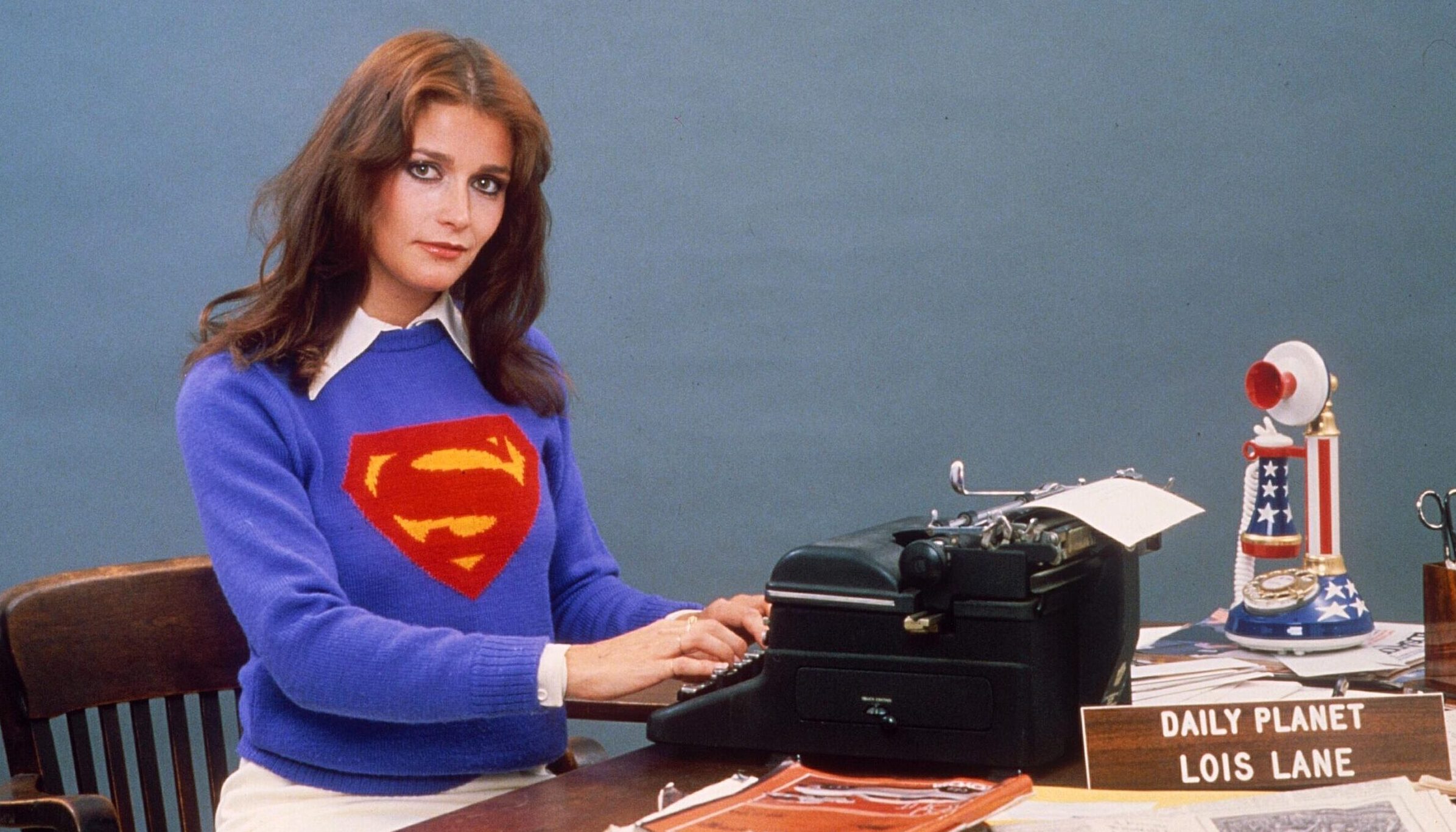Newspapers employ many more women than they used to. Several national titles, including the Financial Times and the Guardian, have female editors. But they’re still read by more men than women, raising questions about whether news values reflect the assumptions of a bygone age.
There’s a new hazard, too, in the shape of editors uncritically accepting the claims of men who identify as women. In 2018, the FT included a “gender fluid” man in its list of the top 100 women in business. Philip Bunce, a senior director at Credit Suisse, was said to spend half his time as his female alter ego, Pips. He took the opportunity to tweet an attack on “sad TERFS”. Women were furious — and many said as much.
Now an interview in the trade paper, Press Gazette, reveals that the FT is keen to become a more welcoming brand for women. According to Daisy Donald, a consultant at FT Strategies, the paper now has a commercial goal of “appealing to and understanding the needs of female readers”. It has even developed a tool, FT Diversify, to help other publishers make their product more attractive to women.
But what does that actually mean? Counting how many women appear in photos, apparently. “So, if you go to the FT, you often see pictures of men,” Donald tells Press Gazette. “Could that be having an impact on the FT’s brand perception?” The tool analyses text and images to discover whether men and women are being represented equally — a laudable aim, no doubt, although it has to be said that the business world is still dominated by men.
I also wonder how the tool would categorise a photo of Philip/Pips Bunce, who often wears a wig and high heels. Bit of a minefield, this diversity business — but women who are dissatisfied with national newspapers would say that the problem goes much deeper than numbers.
It’s about outdated, sexist attitudes and double standards, leading to women being judged much more harshly than men. The Guardian’s mean-spirited review of Róisín Murphy’s new album, after she criticised puberty blockers, is an obvious example. A computer programme concerned with “diversity” wouldn’t have caught that — but a fair-minded editor would.
“Diversity” can create conflicts for journalists. 18 months ago, the FT’s literary editor invited me to review a book about violence against women. I didn’t like it much, not least because it focused so much on the experience of trans-identified men. I pointed out that murders of transwomen are rare in this country, while two women a week are killed by a current or former partner in England and Wales.
I received a call from the literary editor, saying that staff at the FT were unhappy with my review and wanted me to add a line saying that murders of transwomen are disproportionately high compared to their numbers. This is not true and I refused, prompting a — shall we say — robust discussion.
Apparently these unnamed people felt that the word “rare” was “pejorative”. When I stood my ground, the paper removed the reference to trans murders, even though it was accurate.
I tell this story because it relates directly to the disillusionment felt by many women towards national newspapers. From reporting of male violence to the impact of gender ideology on our lives, we don’t feel we are being heard. And it will take more than counting words and pictures to win back our trust.











Join the discussion
Join like minded readers that support our journalism by becoming a paid subscriber
To join the discussion in the comments, become a paid subscriber.
Join like minded readers that support our journalism, read unlimited articles and enjoy other subscriber-only benefits.
Subscribe